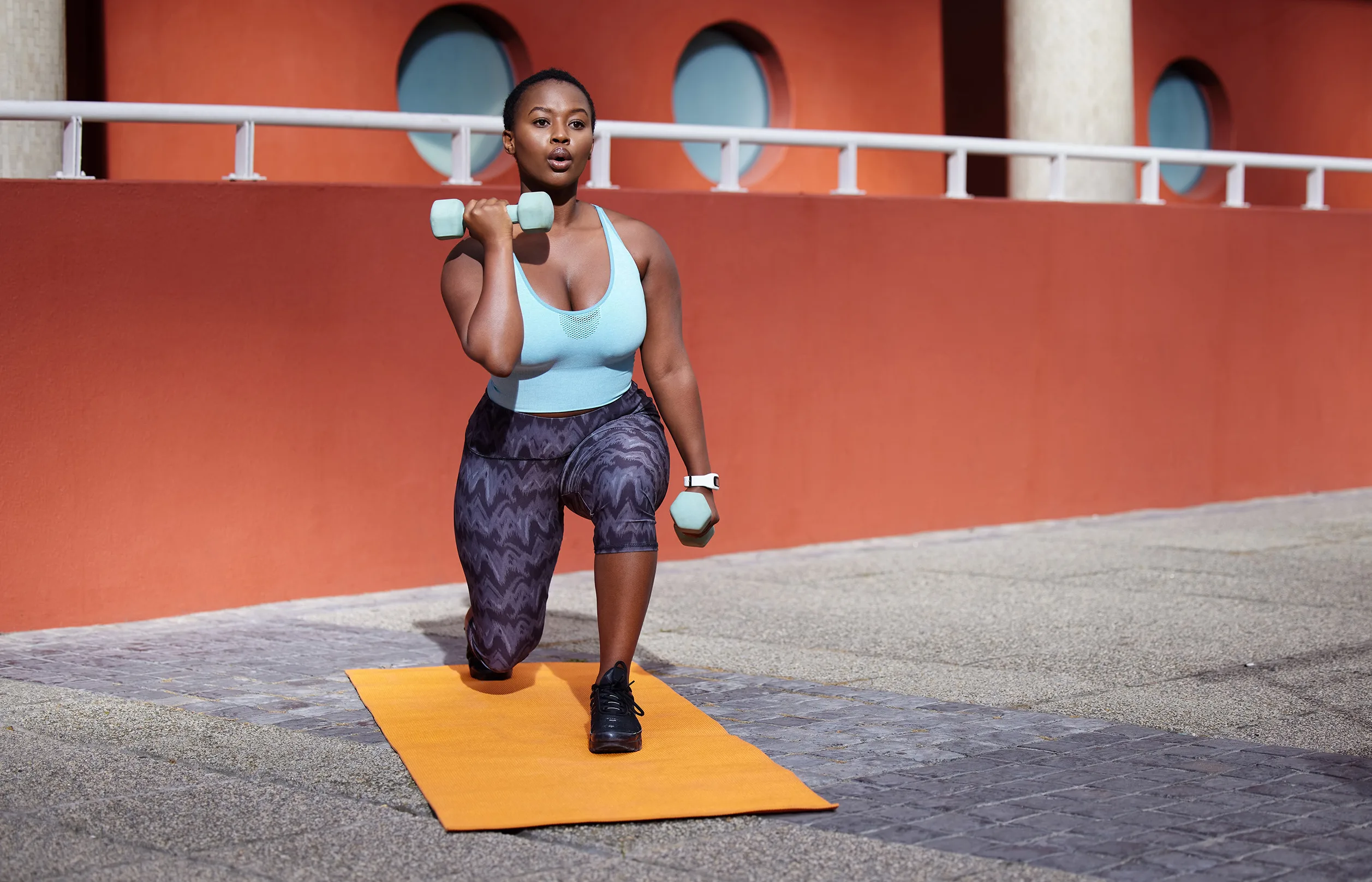Adults who regularly include muscle-strengthening exercise in their everyday lives can reduce their risk of chronic disease, have an improved quality of life and see a number of health enhancing benefits. According to the current Physical Activity Guidelines, adults should aim to include muscle-strengthening exercise 2 or more times each week, targeting all major muscles groups.
With this recommendation in mind, let’s highlight the importance of working on the lower body (also referred to as lower extremities) with strength training. Lower body muscle groups include the muscles that make up the hamstrings, quadriceps, glutes, calves and muscles around the hip. These muscle groups can also be referred to as the lower extremities of the body, specifically meaning legs, things, knees, hips, ankles and feet. Research documents that diminished lower extremity strength is a risk factor for falls (Sherrington et al., 2008), impaired mobility is an independent risk factor for mortality (Studenski et al., 2011), and that walking speed decreases as we age. Engaging in strengthening exercises that focus on the lower part of the body can help combat these risk factors. Additionally, regular engagement in lower body strength training may help improve balance, prevent muscle stiffness and pain, and improve ease of activities done every day (bending over, stairs, walking).
To add more lower body strength training to your routine, here are a few ideas to get started:
- 10-Minute Lower Body Workout
- Squats or Chair Squats – This exercise strengthens muscles in your lower body, including hips, thighs and the glutes.
- Lunge to Balance – This exercise will work your strength and balance of the lower extremities, focusing on hamstrings, glutes, calves and quads.
- Chair Yoga Pose – This exercise targets your hamstrings, while also working your calves, glutes, hip flexors, core and back and shoulder muscles.
- Warrior I Yoga Pose -This exercise is a great to stretch the ankles and calves, while it also strengthens the quads and back.
- SDSU Extension Fit & Strong Program
Additionally, it’s important to keep these recommendations in mind when you are doing any strength training:
- Aim for 2-4 sets of each exercise to help improve strength and muscle tone
- Aim for 8-12 repetitions to improve strength and power, 10-15 repetitions to improve strength in middle-aged and older individuals just starting to exercise, and 15-20 repetitions will help improve muscular endurance
- Adults should wait at least 48 hours in-between weight lifting sessions

